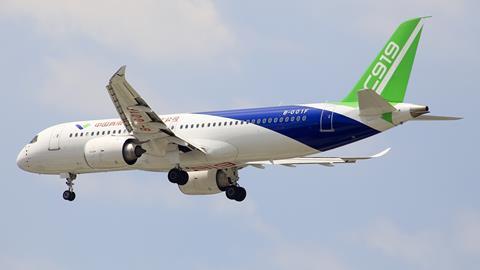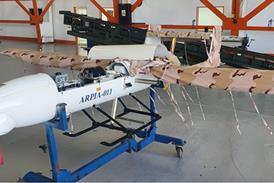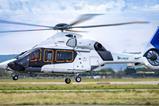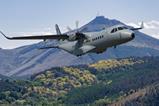Safran Aircraft Engines is confident that initial durability issues affecting CFM International Leap-series engines will not be repeated on future generations of powerplants thanks to “key learnings” taken from developing a fix now being rolled out on Leap-1As.
Meanwhile, CFM is finalising certification of the durability updates on Leap-1Bs, which will allow it to begin rolling out the enhancement to Boeing 737 Max operators in the first half of 2026.
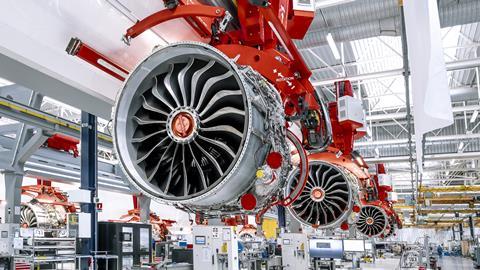
Although Leap engines deliver significant fuel-burn savings over the preceding CFM56, efficiency gains have come at a price, particularly for operators flying in harsh environments, such as those with hot and dusty conditions.
In these circumstances, high-pressure turbine (HPT) blades have been wearing out prematurely, resulting in a higher maintenance burden and lower engine time-on-wing.
Stephane Cueille, chief executive of Safran Aircraft Engines – a partner in the CFM joint venture alongside GE Aerospace – believes the rapid global uptake of new-generation engines is partly responsible for the durability issues coming to light relatively soon after service entry: harsh operating conditions have been encountered by Leap engines much earlier than on previous programmes, he argues.
To improve efficiency, the latest-generation turbofans operate at much higher temperatures than their predecessors and Cueille says despite the extensive testing performed during the Leap’s development, “the reality is in the field we see things that we didn’t necessarily replicate in testing.
“This is a key learning. It is something we definitely need to implement into our next generation,” he said, speaking to FlightGlobal at the recent Paris air show.
Even if the step-up in operating temperature from the Leap to whatever follows is less than between the CFM56 and the Leap, “across the board we need to do even more to anticipate what can happen in the field.”
While dust-ingestion testing is a key part of this, the testing alone is not sufficient, he says; it is about ensuring it is the “right dust” with the “right cycle”, adding: “The devil is in the detail.”
Cueille is confident those lessons have been learned: “These new technologies are bringing new phenomena – we are now equipped to design for them and going forward we are going to be in a much better place to get it right first time and faster.”
Following their certification in December, new HPT blades have already been rolled out on the Leap-1A – an option on Airbus A320neo-family jets – alongside a separate fix with the reverse-bleed system designed to reduce fuel nozzle coking after engine shut-down.
Around one-third of the Leap-1A fleet now incorporates the updated configuration, while CFM and Boeing are finalising the certification process under US Federal Aviation Administration for similar updates to the Leap-1B.
“We are making sure that we get it done as soon as possible: it should be in the first half of 2026,” he says. Safran had previously indicated it expected to receive approval for the upgrade this year.
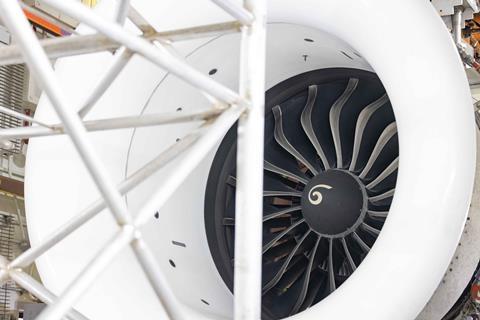
Meanwhile, Safran Aircraft Engines, which is responsible for the final assembly of all Leap-1As at its Villaroche plant near Paris, is working to get production back on track after delivery shortfalls left Airbus with an inventory of so-called ‘gliders’ – aircraft that are complete except for missing engines.
Cueille says that process is now under way: “Airbus is seeing [the recovery] and we are working on it. I cannot say more but we are recovering and working on the pace of recovery.”
While CFM shipments in the first quarter were below target – and 13% fewer than in the same period a year earlier – Cueille says the engine maker remains “in a position” to deliver on its guidance for the full year, which forecasts an increase of 15-20% on the 1,407 Leaps shipped in 2024.
Industrial action at Villaroche in April and lingering supply chain fragility were responsible for the shortfall in Leap deliveries, he says.
If the issue with Leap-1As is one of under-supply, CFM faces a different problem with the -1C for the Comac C919. Here, deliveries have been prohibited by the USA since late May amid restrictions linked to ongoing trade tensions with China.
As with other Leap-series powerplants, the French manufacturer is responsible for the -1C’s low-pressure module and fan, while US counterpart GE builds the hot section. Final assembly takes place at Villaroche.
Cueille says the Leap-1C’s “supply chain is running” and Safran Aircraft Engines continues “some final assembly activities” despite the delivery halt.
“We are managing our production so that we can be ready later on [to deliver],” he says. “It could restart tomorrow or in three to four months. So we try to manage our production.”
Earlier in the year, Safran Aircraft Engines was aiming to build Leap-1Cs at a rate of two per week on a static line at Villaroche.
